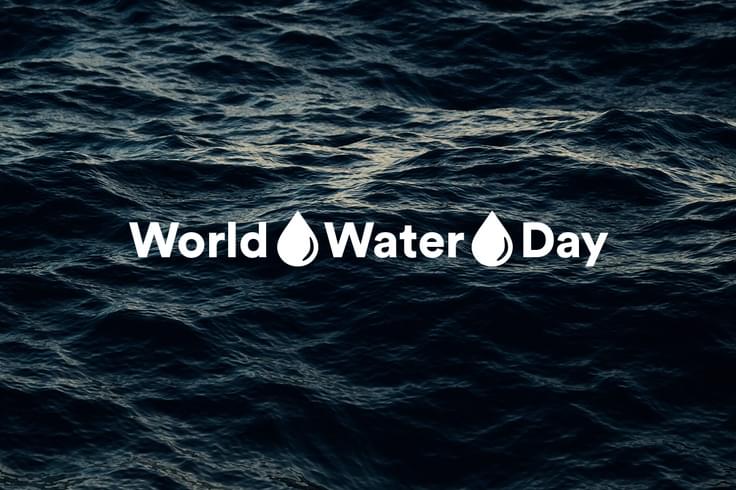Are clothes recyclable? Unveiling clothing recycling

Site map

The textile sector is one of the most consumptive, especially when it comes to water. It’s estimated that the industry currently uses from 792 to 931 billion cubic meters of water per year in textiles production, which is four percent of all freshwater extraction globally [1], and this not only comes from cotton farming, but also dyeing and treatments. Whilst consumer washing machine usage is estimated to require an additional 20 billion cubic meters of water per year globally [2]. Another problem related to water use in the textile sector are the microfibers that wastewater releases from textile manufacturing and laundering [3]. This extensive water usage and pollution throughout the industry has negative effects upon the environment and impacts global ecosystems, food chains and soil contamination.
A move to organic or recycled cotton, like Recover™ cotton fiber, is one step that can be taken to reduce the industry's water consumption. By using textile waste as our raw material, the amount of water needed to produce our recycled cotton fiber is vastly less than other traditional methods, with 1kg of Recover™ saving up to 14740 liters of water [4]. In addition, the Recover™ process does not generate wastewater avoiding the release of microfibers to the environment.
Applying low impact methods of dyeing can help further reduce the industry's water impact and pollution. Chemicals used in the production processes for fibres and textiles, such as dyes or finishing treatments, account for around 43 million tonnes of non-renewable resources in total [5]. With our RColorBlend system eliminating the need for dyeing in the textile production downstream, it is another step towards reducing the industry’s water usage and pollution.
Another important step is to encourage brands and retailers to prioritize partnering with actors and production sites along the supply chain who reuse and recycle water, and to promote the uptake of processes which use less water.
Upstream there are alternative technologies already available today that can reduce water and chemical usage, with holistic approaches such as regenerative agriculture offering a viable way to produce cotton sustainably whilst keeping up with the growing demand.
Changing the way cotton is grown will not only save water but also restore biodiversity and promote soil health.
However, it is not just industry leaders who have a part to play. The consumer can also make a small but important difference to lessen the fashion industry’s water consumption. To mark World Water Day 2022, here are some ways that you can make an impact:
-----------------------------------------------
[1] Ellen McArthur Foundation: The New Textiles Economy Report (2017)
[2] Ellen McArthur Foundation: The New Textiles Economy Report (2017)
[3] Microfibres: the invisible pollution from textiles. First Sentier MUFG Sustainable Investment Institute (2022)
[4] Data calculated according to our 2016 LCA Study, verified by Universitat de València, Aitex UNESCO. In 2022, we carried out a new LCA study, verified by EcoReview with an updated methodology. For more information, please visit our Sustainability page.
[5] EMF. A new textiles economy
[6] Biodiversity: The next frontier in sustainable fashion | McKinsey